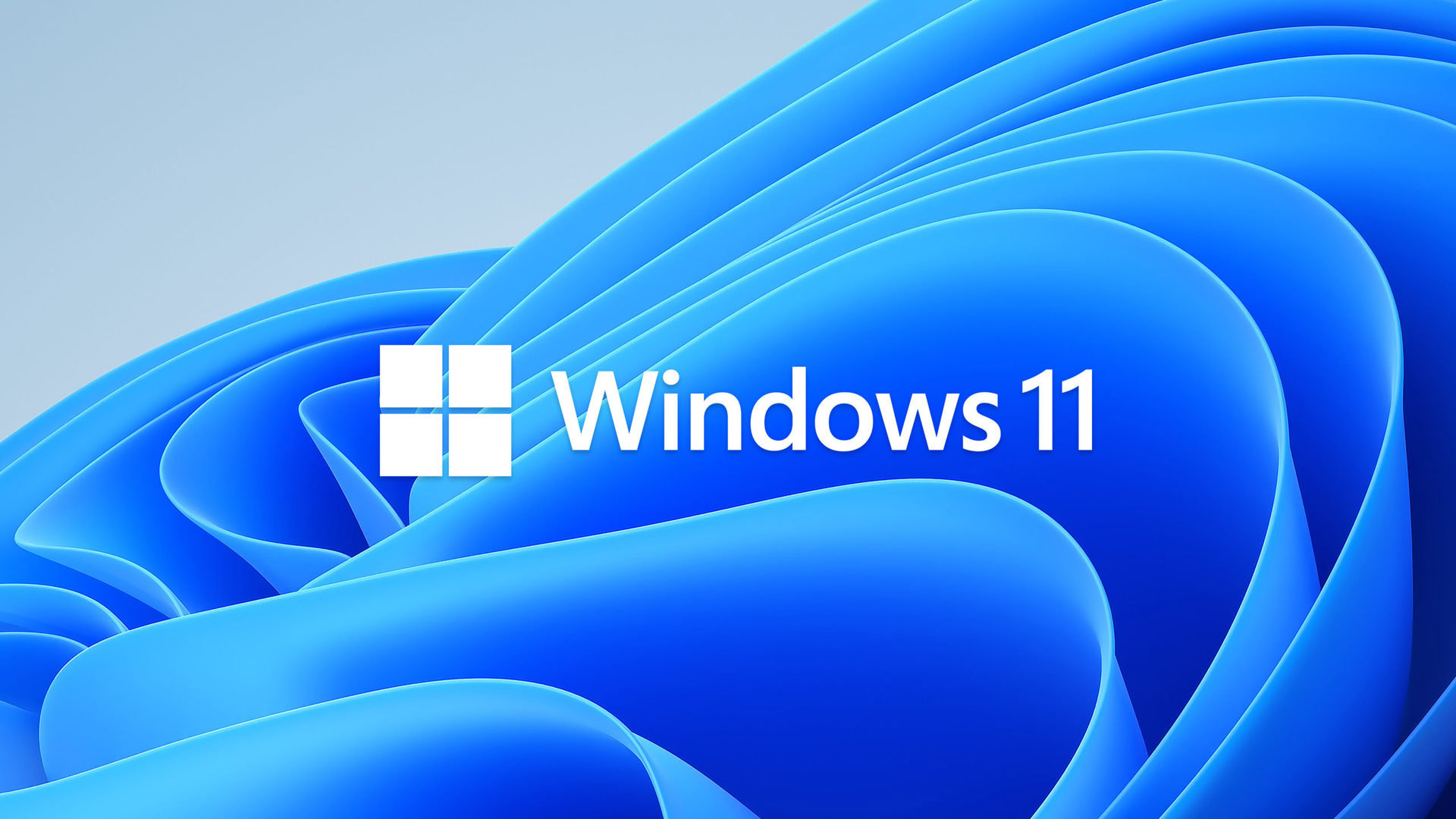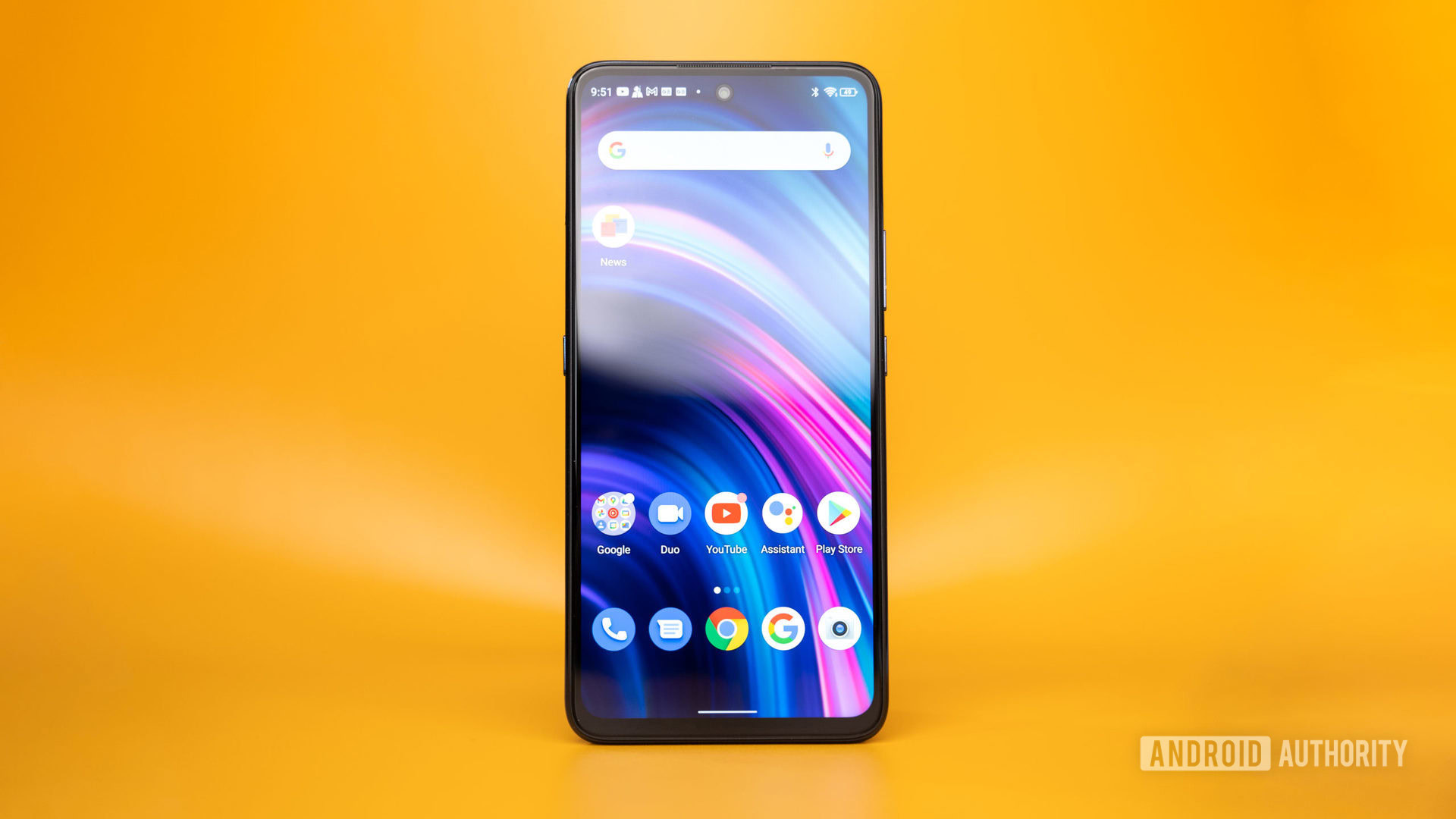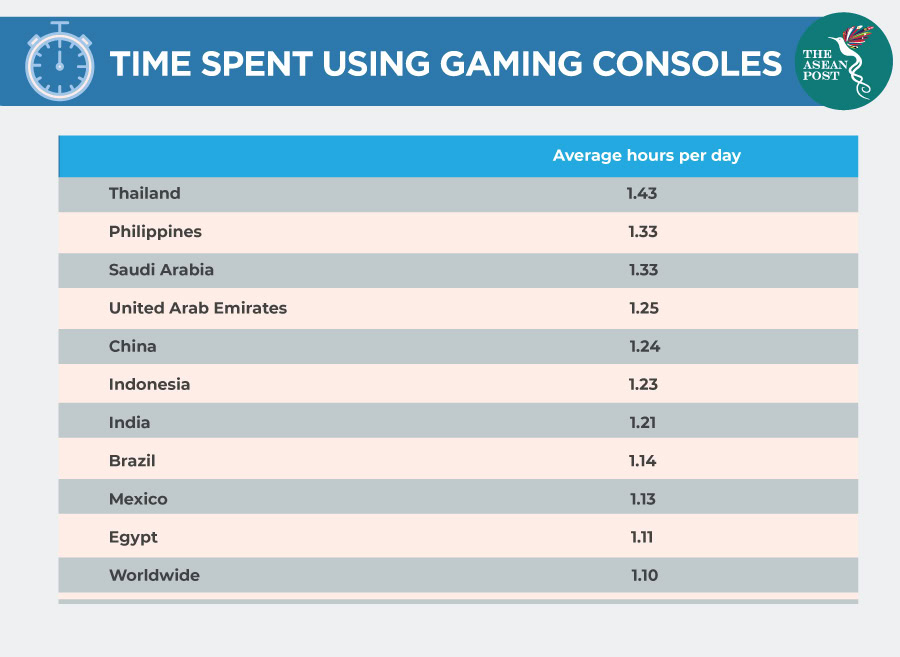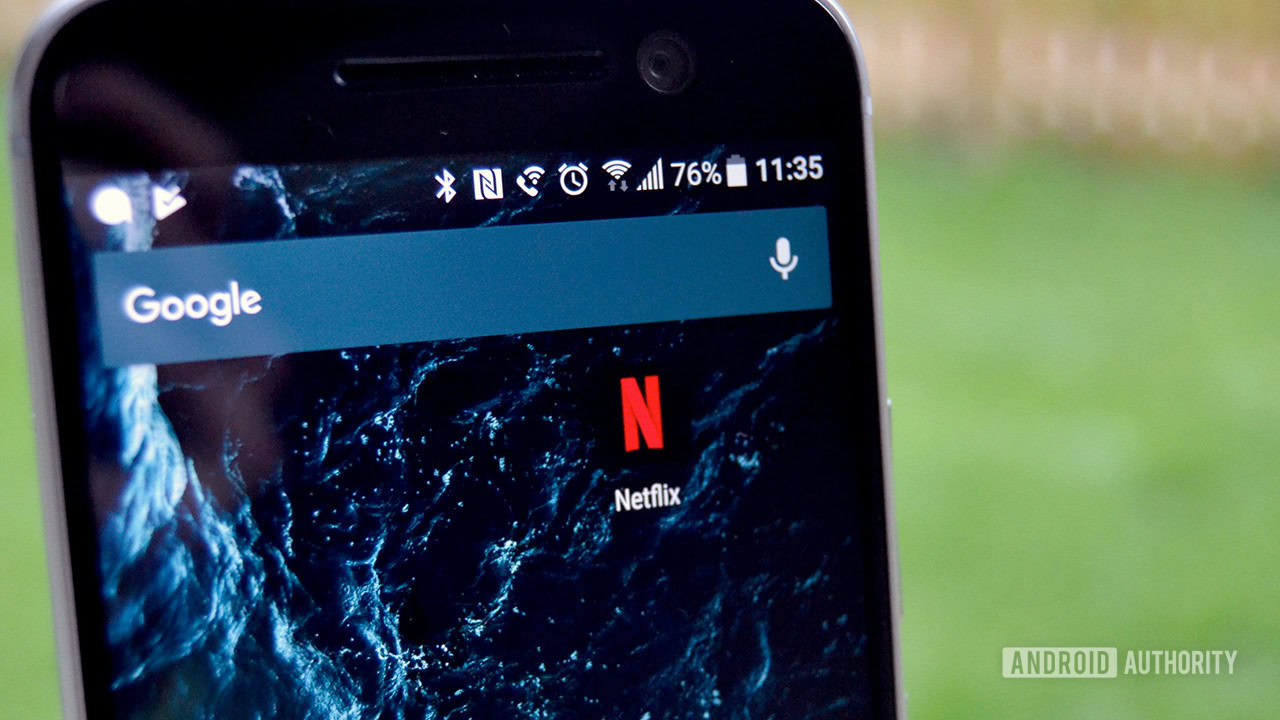Affiliate links on Android Authority may earn us a commission. Learn more.
⚡ Welcome again to The Weekly Authority, the Android Authority newsletter that breaks down the top Android and tech news from the week. The 158th edition rocking your inbox...
🕒 I've been playing 12 Minutes on Xbox, and have the strangest sense of déjà vu. Wait... did we already do this?
🔥 All the hottest stories of the week, coming atcha like Cleopatra.

- Microsoft: The release date is officially announced for Windows 11: October 5, 2021, but Android app support won’t be included. Microsoft could also finally reveal the Surface Duo 2 at a September 22 press event, with leaks suggesting we’ll also see the Surface Go 3 and possibly a new Surface laptop and new Surface Pro.
- Samsung: A fresh leak suggests the Samsung Galaxy S21 FE could launch October 28, with pre-orders from October 20. This week Samsung also launched the industry’s first 200MP camera sensor alongside a new, faster-focusing 50MP sensor, and confirmed the One UI 4.0 beta launch date will be sometime in September. Meanwhile, the refreshed Galaxy A52 5G landed in India for under $500 while the double-folding Galaxy Fold prototype made waves.
- Apple: A new, huge leak gives away a ton of Apple Watch Series 7 secrets, while new details also landed about Apple’s AR headset and its SoC. South Korea has just ruled that Google and Apple will be required to allow for alternate payment systems in the Play Store and App Store in the country. And Apple analyst Ming-Chi Kuo reported the iPhone 13 will have LEO satellite communication connectivity, just for emergencies.
- Google: Fresh leaks suggest the Pixel 6 might be released October 28, with pre-orders starting October 19 — and it’s likely to be easier to buy than the 5a, as Google ramps up production capacity by 50%. Also in news, Google’s investigating reports the Pixel 5a apparently runs too hot, while a Google Clock bug has reportedly caused alarms to not go off as scheduled.
- Elsewhere: Also this week, we saw new render leaks of the Xiaomi 11T series, which could launch at Xiaomi’s event on September 15. And from Monday, General Motors halts production at all but four of its North American factories due to ongoing chip shortages.
- Gaming: China cuts gaming time to three hours a week for under-18s, while September 1 marked #ADayOffTwitch where streamers boycotted the platform to protest hate raids. Meanwhile, Sony’s first major showcase of games since the PS5 launched is scheduled for September 9 at 4 PM ET. The first hardware revision of the PS5 appeared this week, too, with a smaller heatsink. Game Boy and Game Boy Color games could hit Nintendo Switch online later this month.
- Movies/TV: Superhost “brings your Airbnb nightmares to life” on Shudder this month. Meanwhile, the third season of Doom Patrol hits HBO Max on September 23, while all 180 episodes of Seinfeld land on Netflix on October 1. In other news, last week’s CinemaCon previewed a number of upcoming movies including a sneak peek of Uncharted, a fresh look at The Batman, and footage from Jurassic World: Dominion, out next year.

- Tile Pro review: “Kicks everything you love about the Tile into high gear.”
- Xiaomi Mi Notebook Ultra first impressions: “We may have a winner here.”
- Realme GT review: Nails the basics, with a leading design and specs to match.
- Blu G91 Pro review: A surprisingly capable budget gaming-focused device.
Features
- Xiaomi Mi 12: 6 things we want to see from Xiaomi’s 2022 flagship — including three years of OS updates, water resistance, and a charger in the box.
- Samsung Galaxy S22 series: All the rumors in one place — everything we know so far, including design, specs, and features.
- Meet the little-known genius who made Pixar possible: 77-year-old Alvy Ray Smith’s book A Biography of the Pixel is out now (Wired).
- The end of leaded petrol marks a milestone in development: As the last supplies in Algeria are deleted, the planet is officially free of the toxic fuel (ft.com).
- All 6 Candymen explained: Origins, differences, real meanings — best to wait until you’ve seen Nia Da Costa’s Candyman sequel before reading this (Screen Rant).
With the news this week that Chinese authorities are cracking down on gaming time for under 18s, gaming addiction is the topic of our weekly wonder. We take a look at some gaming stats from Southeast Asia, find out what the most addictive video game is, and ask “Has gaming become more intentionally addictive?”

Note: The figures above reflect consoles only, not smartphones.
Facts and figures:
- The World Health Organization (WHO) recognized Gaming Disorder as a mental health condition in 2019. It’s defined as: “a pattern of gaming behavior (“digital-gaming” or “video-gaming”) characterized by impaired control over gaming, increasing priority given to gaming over other activities to the extent that gaming takes precedence over other interests and daily activities, and continuation or escalation of gaming despite the occurrence of negative consequences.”
- China is the second-largest gaming market in the world, after the US.
- A 2017 study from Hong Kong revealed that 13.9% of male students who responded spent over 20 hours a week playing video games.
- In South Korea, gaming disorder has been declared a public health crisis, with over 600,000 children struggling to battle addiction to video games.
- It’s estimated that 10% of children in Singapore are addicted to the internet and gaming.
- This video explains more about the geographical breakdown of video game addiction, though it might surprise you that Iran has the highest prevalence of addiction to video games in the world, according to Dr. Alok Kanojia, the world’s expert in video game addiction psychiatry.
- But, according to Vladimir Poznyak, a WHO researcher who focuses on gaming disorder, geographical location has little to no impact on your likelihood of becoming addicted to gaming.
- It’s thought that greater access to technology could be behind the rise in gaming addiction in parts of Asia including China, Japan, and South Korea — as well as Europe and the US.
- According to a 2020 study by the Radio and Media Association for Children and Youth of 3,065 Thais aged 15 to 18, 32.6% of those surveyed spent three to five hours a day playing online games on the weekend and during holidays.
What’s the most addictive game?
Honor of Kings, one of China’s most popular multiplayer online battle games from Tencent, has already come under fire from parents who feel its minimum age of 12 is far too low due to its “violent, vulgar content.”
In 2020, HoK had over 100 million daily active users.
Has gaming become more intentionally addictive?
Our own Joe Hindy weighs in with his thoughts on mobile gaming and addiction:
“I started covering mobile games roughly eight years ago. Back then, what people considered to be a good mobile game was vastly different than it is today. We had simple arcade games like Doodle Jump, Flappy Bird, Fruit Ninja, and Angry Birds. Sure, there were occasionally more complex games like Bard’s Tale, but generally, people gravitated toward the arcade games for their shorter play sessions and consistent success when you cleared relatively short levels.
“Today, things haven’t changed as much as many might think. The most popular mobile games include Genshin Impact, Pokemon Go, PUBG Mobile, Garena Free Fire, and other such games. The graphics, mechanics, and gameplay execution are much better than older mobile games. In those categories, huge strides have been made. However, newer mobile games use most of the same addictive triggers to encourage more player engagement.
“Mobile games do an excellent job of stimulating the reward pathways in the brain. Multiple studies have confirmed this; in fact, the World Health Organization classifies gaming disorder as a real psychological disorder because psychology has shown that games can cause addiction to such an extent that it affects a person’s ability to function in society.
“There is also evidence to suggest that people with depression, social anxiety, and loneliness are at higher risk of developing gaming addiction. Men tend to be more likely to develop gaming disorders overall, but women tend to suffer more negative physical side effects. Studies are still ongoing, of course, because this is a newer phenomenon and there is no long-term data to view yet.
“Early mobile games were addictive, but it was through the simple, but entertaining game mechanics. Modern mobile games have learned to stack addictive mechanics multiple times for maximum effect. Some mobile games have made the practice an art form, like Pokemon Go, with its almost constant supply of rewards that make you want to play more, the egg hatching mechanic that triggers excitement, and the walking aspect of the game that releases addictive exercise endorphins.
“It’s no small wonder Pokemon Go still boasts roughly 150 million monthly active users — and despite being five years old, the numbers are still going up. Compare that to early games like Angry Birds where the addiction loop was much simpler, and you can see how far mobile games have progressed in a relatively short period of time.”
- September 8: Lenovo Tech World 2021
- September 9: Sony online PS5 games event @ 4PM ET
- September 15: Xiaomi Launch Event @ 5AM PT / 8AM ET / 1PM BST (possibly Xiaomi Mi 12, Mi 11T, Mi Pad 5, Mi Note 11)
- September 14-15: As many as three Apple events? (iPhone 13, Watch Series 7, MacBooks, AirPods 3, more)
- September 22: Microsoft Surface Event
- Soon: Android 12?
Tech Tweet of the Week
First:
oh a doomsday variant you reckon? that’s what we’re going with? doomsday variant?— James Hennessy (@jrhennessy) August 30, 2021
Second:
I daydream about having enough free time to clean up my Google Maps saved places.— Greg Miller (@GameOverGreggy) August 31, 2021
That’s the dream…
Have a wonderful week!
Paula Beaton, Copy Editor


